Search Result
Results for "
glycation
" in MedChemExpress (MCE) Product Catalog:
1
Biochemical Assay Reagents
4
Isotope-Labeled Compounds
| Cat. No. |
Product Name |
Target |
Research Areas |
Chemical Structure |
-
- HY-14892A
-
|
LC15-0444 tartrate
|
Dipeptidyl Peptidase
|
Metabolic Disease
|
|
Gemigliptin tartrate (LC15-0444 tartrate) is a highly selective, reversible and competitive dipeptidyl peptidase-4 (DPP-4) inhibitor, with an IC50 of 10.3 nM for human recombinant DPP-4. Gemigliptin tartrate exhibits potent anti-glycation properties. Gemigliptin tartrate can be used for the research of advanced glycation end products (AGE)-related diabetic complications .
|
-
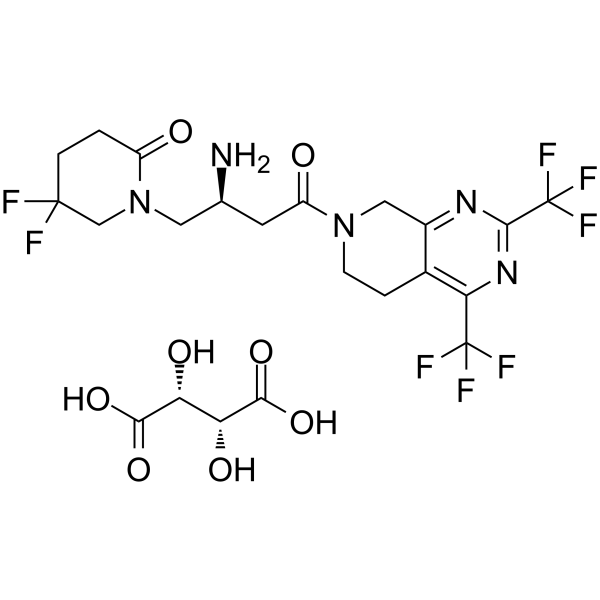
-
- HY-157461
-
|
|
Others
|
Cardiovascular Disease
Neurological Disease
Metabolic Disease
Inflammation/Immunology
|
|
Glycation-IN-1 (Compound 3) is an inhibitor of glycosylation reactions, which has a strong inhibitory effect on the synthesis of initial, intermediate, and final products of glycosylation reactions. Glycion-IN-1 can be used in the research of various chronic diseases, such as diabetes, immune inflammation, cardiovascular diseases and neurodegenerative diseases .
|
-
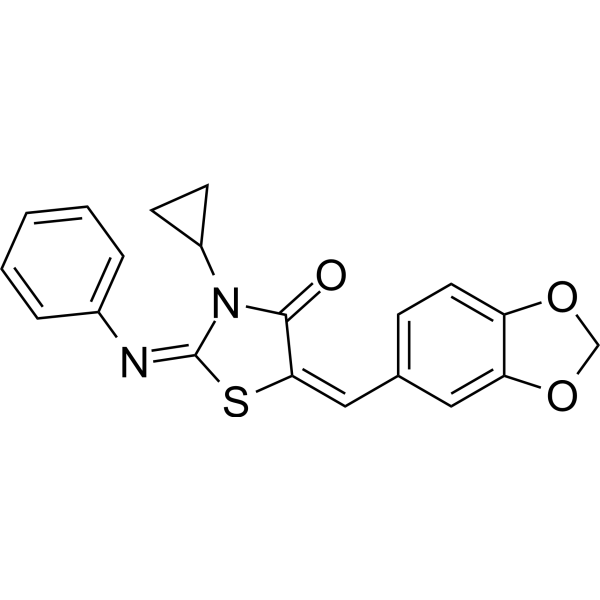
-
- HY-N12071
-
|
|
Others
|
Others
|
|
Lucidin-ω-Me ether (Compound 2) can be isolated from the roots of Knoxia valerianoides. Lucidin-ω-Me ether inhibits the advanced glycation end products (AGEs) formation in vitro(IC50: 62.79 μM) .
|
-
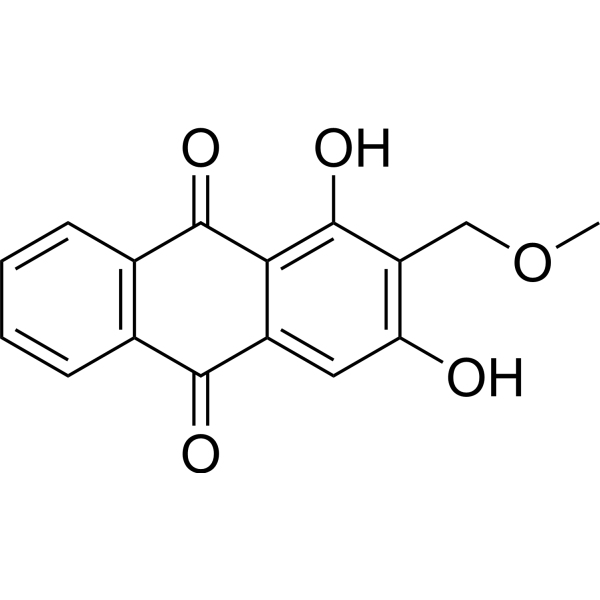
-
- HY-N10616
-
|
|
Others
|
Metabolic Disease
|
|
Pseudobaptigenin is a flavonoid. Pseudobaptigenin shows very good anticataract activity. Pseudobaptigenin has good binding affinity for the inhibition of glycation against γ-crystallin protein. Pseudobaptigenin also has good ADMET (Absorption, Distribution, Metabolism, Excretion and Toxicity) property .
|
-

-
- HY-141508
-
|
|
Xanthine Oxidase
NO Synthase
|
Neurological Disease
Metabolic Disease
Inflammation/Immunology
|
|
Flazin is a non-enzymatic protein glycation inhibitor, also inhibits peroxynitrite (ONOO -), with an IC50 value of 85.31 μM for bovine serum albumin (BSA) glycation and an EC50 value of 71.99 μM for ONOO -. Flazin can be used for researching diabetes and neuronal disorders. Flazin also can used as a lipid droplet (LD) regulator against lipid disorders, and a xanthine oxidase (XOD) inhibitor .
|
-

-
- HY-129380
-
|
Fructoselysine
|
Endogenous Metabolite
|
Metabolic Disease
|
|
Fructosyl-lysine (Fructoselysine) is an amadori glycation product from the reaction of glucose and lysine by the Maillard reaction. Fructosyl-lysine is the precursor to glucosepane, a lysine–arginine protein cross-link that can be an indicator in diabetes detection .
|
-
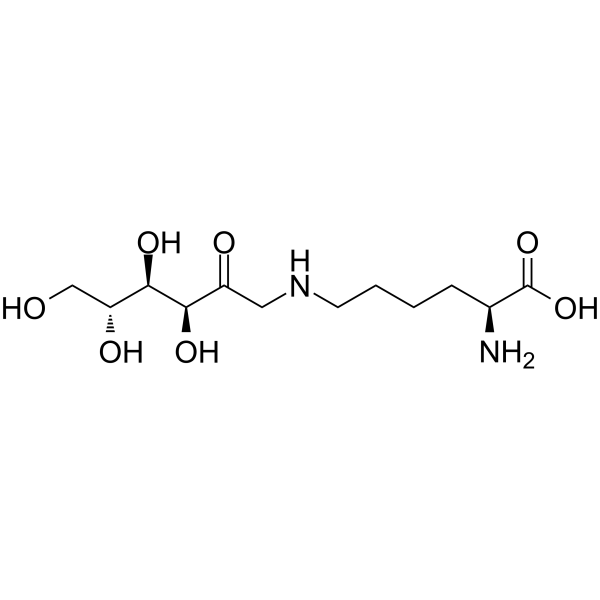
-
- HY-129380A
-
|
Fructoselysine dihydrochloride
|
Endogenous Metabolite
|
Metabolic Disease
|
|
Fructosyl-lysine (Fructoselysine) dihydrochloride is an amadori glycation product from the reaction of glucose and lysine by the Maillard reaction. Fructosyl-lysine dihydrochloride is the precursor to glucosepane, a lysine–arginine protein cross-link that can be an indicator in diabetes detection .
|
-
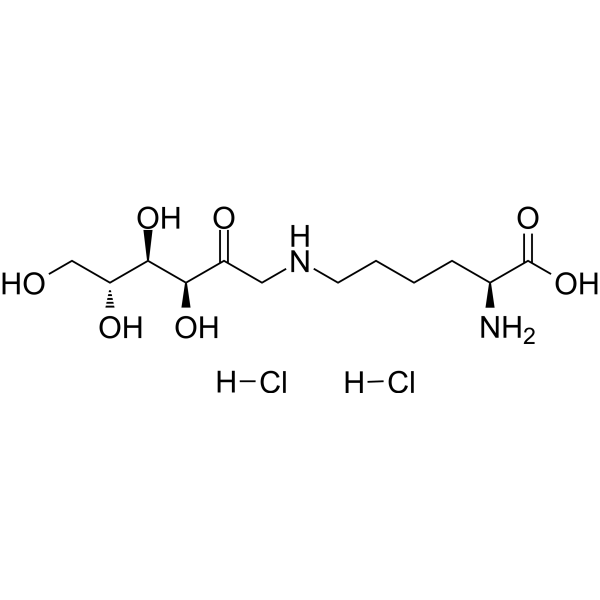
-
- HY-N7628
-
|
Toralactone 9-O-β-D-gentiobioside
|
Endogenous Metabolite
|
Metabolic Disease
|
|
Cassiaside C (Toralactone 9-O-β-D-gentiobioside) is a naphthopyrone isolated from the seed of Cassia tora and has inhibitory activity on advanced glycation end products (AGE) formation in vitro .
|
-
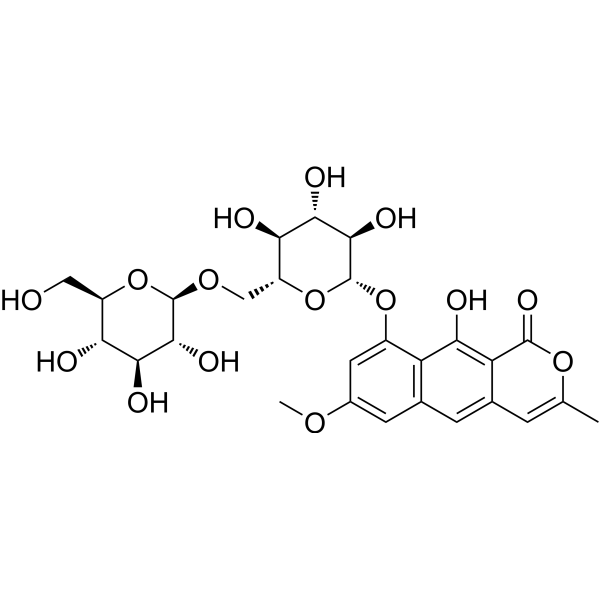
-
- HY-N0033
-
|
|
Aldose Reductase
|
Cardiovascular Disease
Metabolic Disease
Inflammation/Immunology
|
|
Poliumoside, a caffeoylated phenylpropanoid glycoside, is isolated from Brandisia hancei stems and leaves. Poliumoside is an advanced glycation end product (AGE) formation and rat lens aldose reductase (RLAR) inhibitor, with IC50s of 19.69 and 8.47 μM, respectively. Poliumoside also has antiinflammatory and antioxidant activity .
|
-
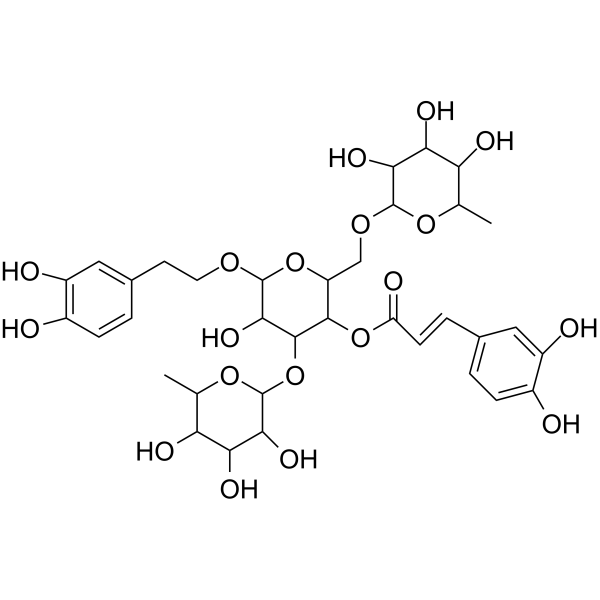
-
- HY-N7426
-
|
3-Deoxy-D-glucosone
|
GLP Receptor
|
Metabolic Disease
|
|
3-Deoxyglucosone (3-Deoxy-D-glucosone) is a reactive intermediate of the Maillard reaction and the polyol pathway. 3-Deoxyglucosone rapidly reacts with protein amino groups to form advanced glycation end products (AGEs), such as imidazolone, it is the most specific AGE for 3-DG. 3-Deoxyglucosone synergizes with low glucose to potentiate GLP-1 secretion and is considered as a biomarker for diabetes .
|
-
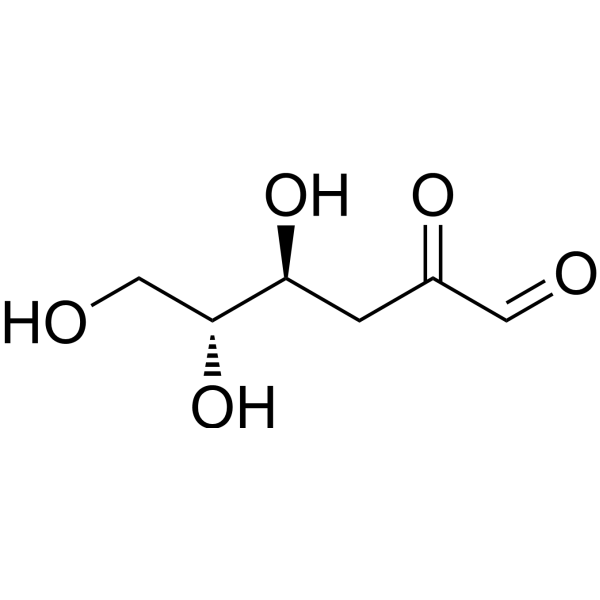
-
- HY-106024B
-
-

-
- HY-116956A
-
|
|
Biochemical Assay Reagents
|
Others
|
|
L-Erythrose is an aldose carbohydrate that has been used in glycation studies and to characterize erythrose reductase activity.
|
-
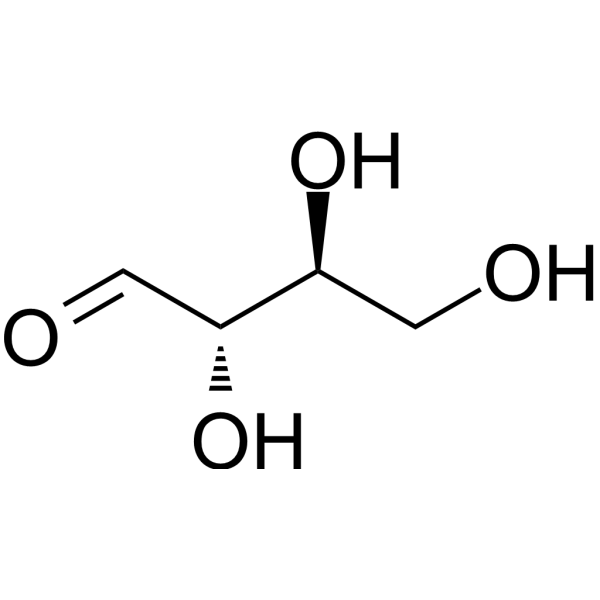
-
- HY-14892
-
|
LC15-0444
|
Dipeptidyl Peptidase
|
Metabolic Disease
|
|
Gemigliptin (LC15-0444 ) is a highly selective, reversible and competitive dipeptidyl peptidase-4 (DPP-4) inhibitor, with an IC50 of 10.3 nM for human recombinant DPP-4. Gemigliptin exhibits potent anti-glycation properties. Gemigliptin can be used for the research of advanced glycation end products (AGE)-related diabetic complications .
|
-

-
- HY-N1495
-
|
Maltopentose
|
Endogenous Metabolite
|
Inflammation/Immunology
|
|
Maltopentaose is the shortest chain oligosaccharide that can be classified as maltodextrin and is also used in a study to investigate glycation and phosphorylation of α-lactalbumin.
|
-
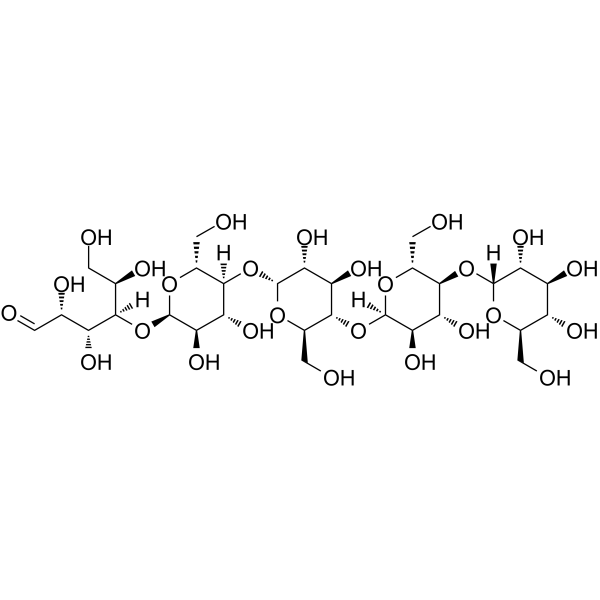
-
- HY-B1745
-
|
|
|
|
|
Pyridoxylamine is an advanced glycation end production (AGEs) and lipoxidation end products (ALEs) inhibitor, to protect against diabetes-induced retinal vascular lesions.
|
-
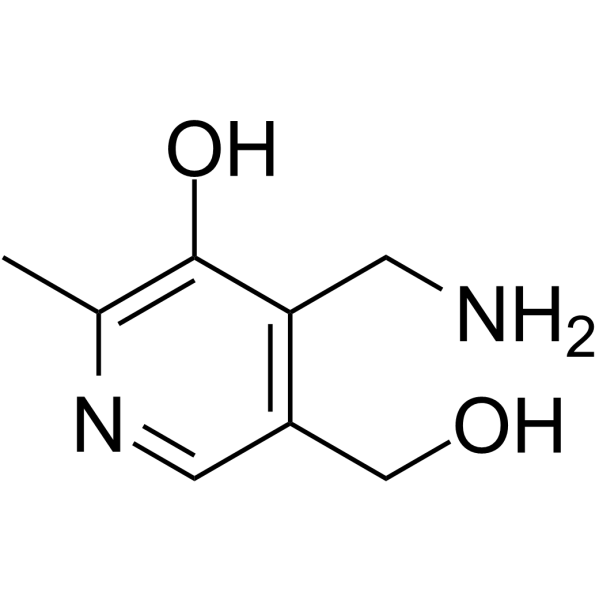
-
- HY-B1745A
-
|
|
|
|
|
Pyridoxylamine dihydrochloride is an advanced glycation end production (AGEs) and lipoxidation end products (ALEs) inhibitor, to protect against diabetes-induced retinal vascular lesions .
|
-
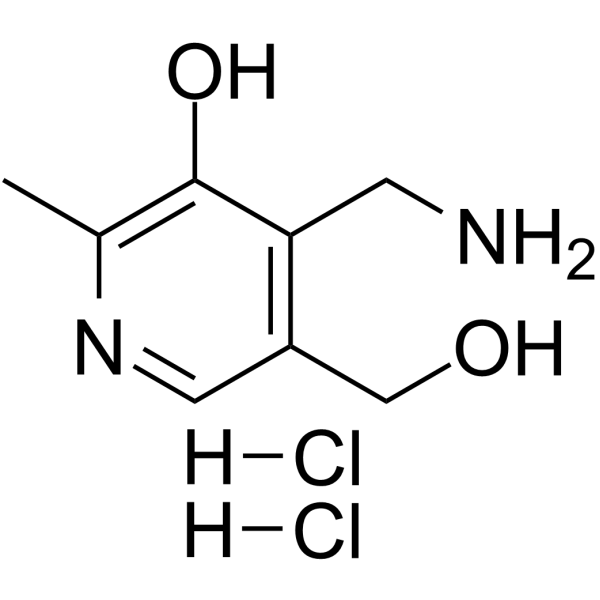
-
- HY-N4089
-
|
|
Aldose Reductase
|
Metabolic Disease
|
|
Quercetin 3-gentiobioside is isolated from A. iwayomogi, AR and AGE formation inhibitor, demonstrates biological activities against Aldose reductase (AR) and the formation of advanced glycation endproducts (AGEs) .
|
-
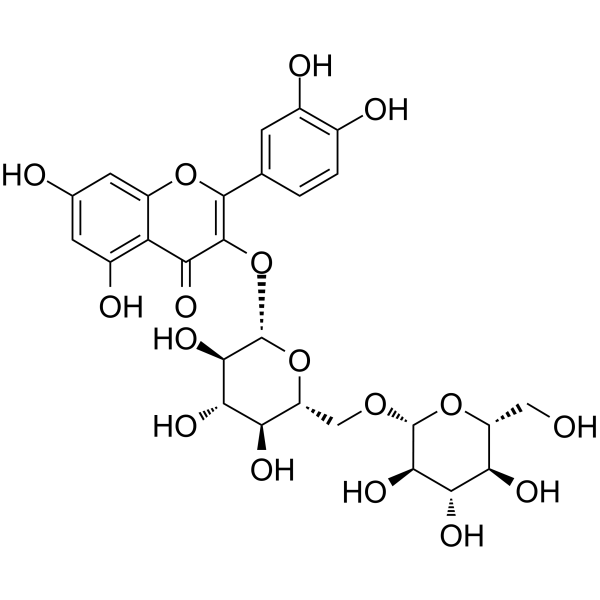
-
- HY-76383
-
-
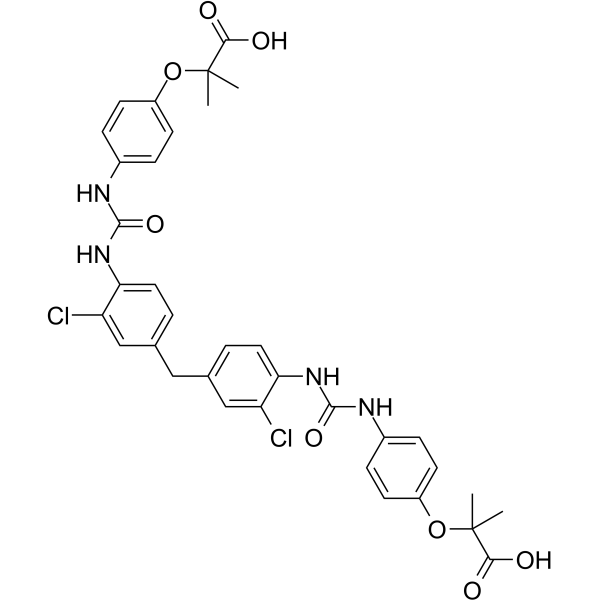
-
- HY-113033A
-
|
|
Others
|
Neurological Disease
|
|
Pentosidine TFA is a fluorescent advanced glycation end product (AGE) and crosslink. Pentosidine can serve as a biomarker for non-enzymatic modification of long-lived proteins by the Maillard reaction, providing insight into the overall role of the Maillard reaction in aging and disease .
|
-
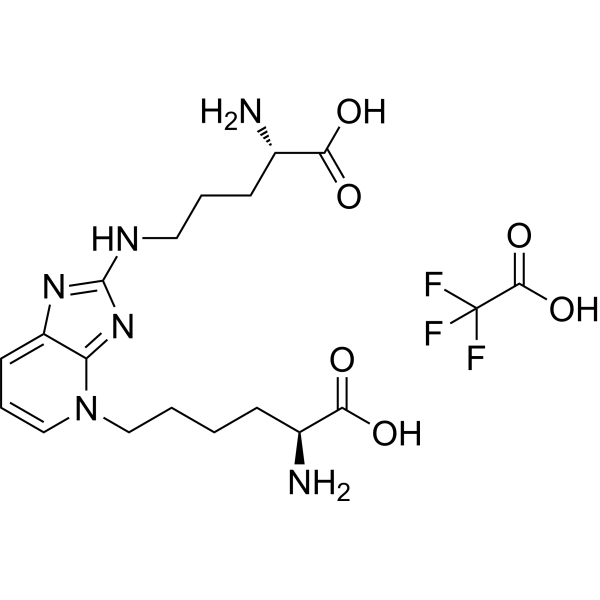
-
- HY-N2165
-
-
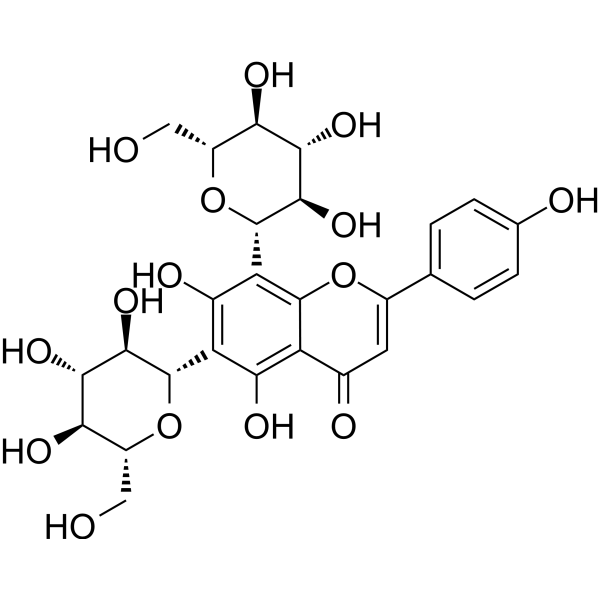
-
- HY-N7069
-
|
|
Others
|
Cancer
|
|
4-Isopropylbenzyl alcohol is a chemical composition of the essential oils from the leaves and flowers of Camellia nitidissima. C. nitidissima possess multiple biological activities including antioxidant activity, anticancer activity, and cytotoxicity as well as inhibiting the formation of advanced glycation end-products .
|
-
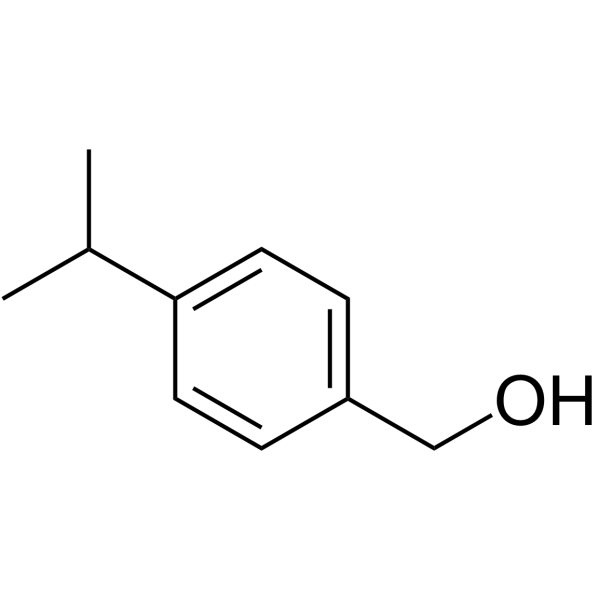
-
- HY-N8375
-
|
|
Others
|
Metabolic Disease
|
|
Sieboldin is a dihydrochalcone, which inhibits the production of advanced glycation end products (AGE) produced by bovine serum albumins (BSA), has free radical scavenging activity and cytotoxicity in cancer cell lines, and is also used to capture of methylglyoxal (MGO) from Malus baccata .
|
-

-
- HY-50682
-
Azeliragon
Maximum Cited Publications
9 Publications Verification
TTP488; PF-04494700
|
Amyloid-β
|
Neurological Disease
|
|
Azeliragon (TTP488) is an orally bioavailable inhibitor of the receptor for advanced glycation end products (RAGE) in development as a potential treatment to slow disease progression in patients with mild Alzheimer’s disease (AD) . Azeliragon also can cross the blood-brain barrier (BBB) .
|
-
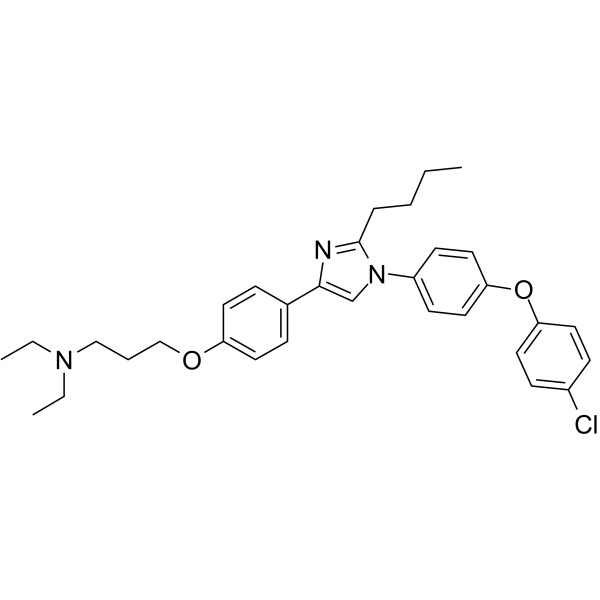
-
- HY-W018772
-
|
|
Endogenous Metabolite
|
Inflammation/Immunology
Cancer
|
|
D-Ribose(mixture of isomers) is an energy enhancer, and acts as a sugar moiety of ATP, and widely used as a metabolic therapy supplement for chronic fatigue syndrome or cardiac energy metabolism. D-Ribose(mixture of isomers) is active in protein glycation, induces NF-κB inflammation in a RAGE-dependent manner .
|
-

-
- HY-N0022
-
|
Isoverbascoside
|
Others
|
Metabolic Disease
|
|
Isoacteoside is a natural compound which exhibit significant inhibition of advanced glycation end product formation with IC50 values of 4.6-25.7 μM, compared with those of aminoguanidine (IC50=1,056 μM) and quercetin (IC50=28.4 μM) as positive controls.
|
-
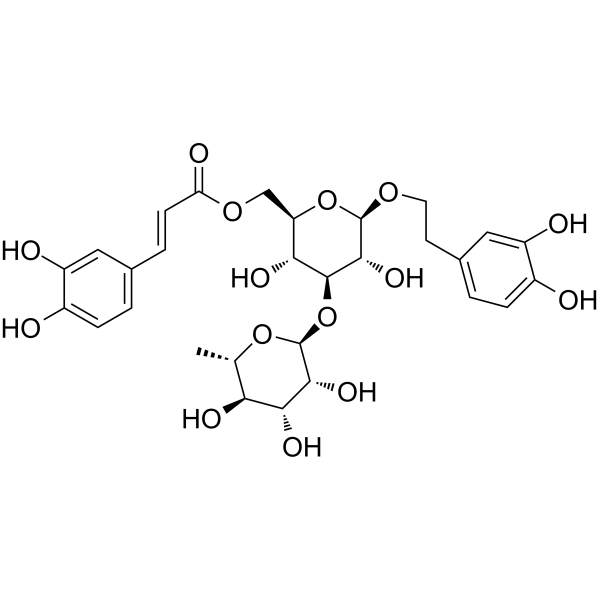
-
- HY-113354
-
|
|
Endogenous Metabolite
|
Neurological Disease
|
|
Anserine, a methylated form of Carnosine, is an orally active, natural Histidine-containing dipeptide found in skeletal muscle of vertebrates. Anserine is not cleaved by serum carnosinase and act as biochemical buffers, chelators, antioxidants, and anti-glycation agents. Anserine improves memory functions in Alzheimer's disease (AD)-model mice .
|
-
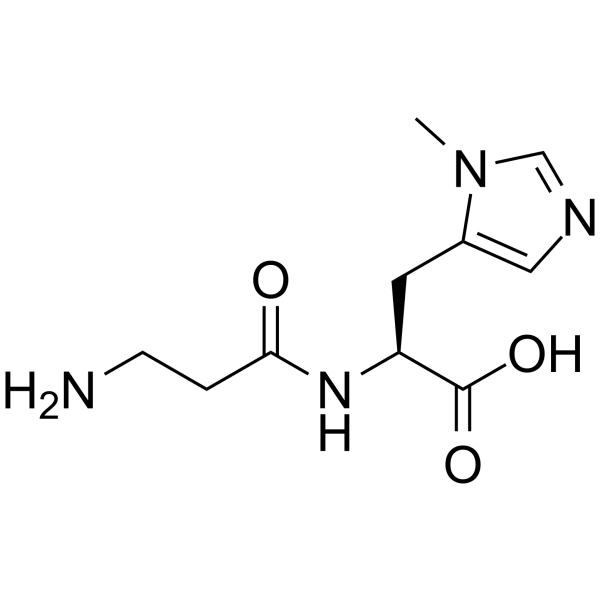
-
- HY-114883
-
|
L-Homocarnosine; γ-Aminobutyryl-L-histidine
|
GABA Receptor
Endogenous Metabolite
|
Neurological Disease
Inflammation/Immunology
|
|
Homocarnosine is a dipeptide of γ-aminobutyric acid (GABA) and histidine unique to brain. Homocarnosine is an inhibitory neuromodulator synthesized in the neuron from GABA and exhibiting anticonvulsant effects .Homocarnosine has antioxidant and anti-inflammatory actions, prevention of DNA damage, and inhibition of advanced glycation end-product formation .
|
-
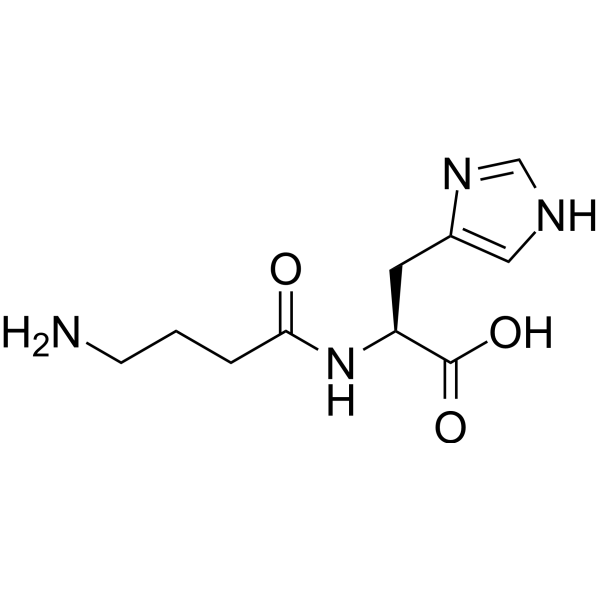
-
- HY-114883A
-
|
L-Homocarnosine TFA; γ-Aminobutyryl-L-histidine TFA
|
GABA Receptor
Endogenous Metabolite
|
Neurological Disease
|
|
Homocarnosine TFA is a dipeptide of γ-aminobutyric acid (GABA) and histidine unique to brain. Homocarnosine TFA is an inhibitory neuromodulator synthesized in the neuron from GABA and exhibiting anticonvulsant effects . Homocarnosine TFA has antioxidant and anti-inflammatory actions, prevention of DNA damage, and inhibition of advanced glycation end-product formation .
|
-
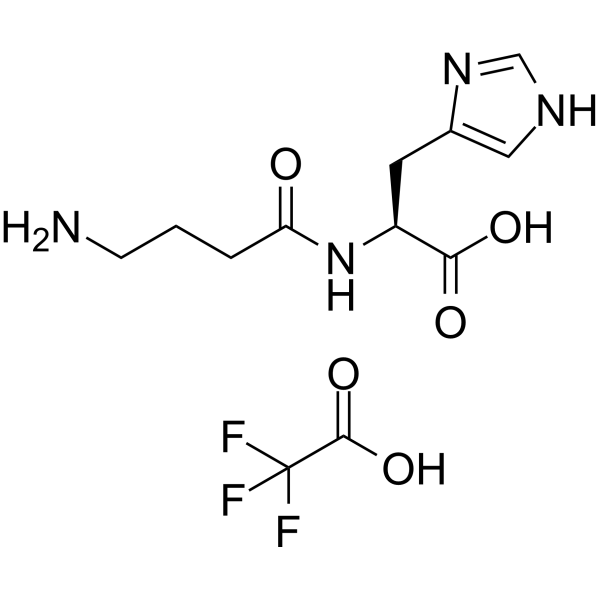
-
- HY-P2268
-
|
|
Amyloid-β
|
Inflammation/Immunology
Cancer
|
|
RAGE antagonist peptide is an advanced glycation end products (RAGE) antagonist. RAGE antagonist peptide prevents RAGE from binding with several of its most important ligands, including HMGB-1, S100P, and S100A4. RAGE antagonist peptide (RAP) possesses anti-tumor and anti-inflammatory activities .
|
-

-
- HY-113354S
-
|
|
Endogenous Metabolite
|
Neurological Disease
|
|
Anserine-d4 is the deuterium labeled Anserine. Anserine, a methylated form of Carnosine, is an orally active, natural Histidine-containing dipeptide found in skeletal muscle of vertebrates. Anserine is not cleaved by serum carnosinase and act as biochemical buffers, chelators, antioxidants, and anti-glycation agents. Anserine improves memory functions in Alzheimer's disease (AD)-model mice[1][2].
|
-

-
- HY-N6883
-
|
|
Aldose Reductase
|
Metabolic Disease
|
|
6-Methoxytricin (Compound 6) is an flavonoid isolated from Artemisia iwayomogi. 6-Methoxytricin (Compound 6) is an inhibitor on aldose reductase (AR) and advanced glycation endproduct (AGE) formation activities with IC50 values of 30.29 μM and 134.88 μM, respectively. 6-Methoxytricin (Compound 6) has potential as an anti-diabetic complications agent .
|
-
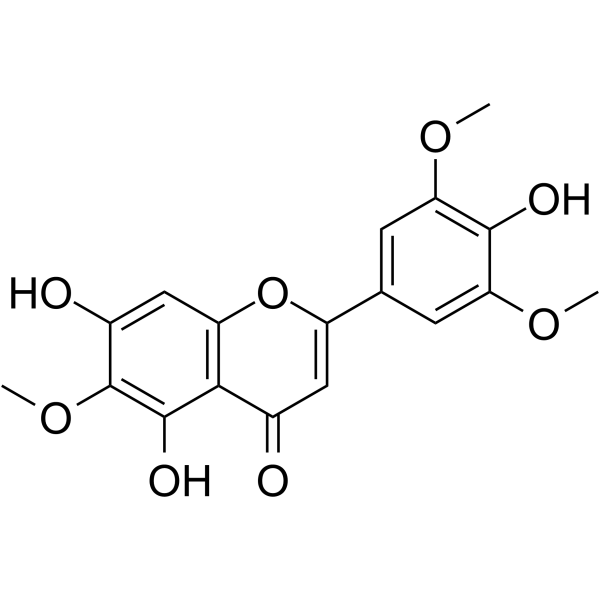
-
- HY-N4170
-
|
|
Others
|
Metabolic Disease
|
|
Chebulic acid, a phenolcarboxylic acid compound isolated from Terminalia chebula, has potent anti-oxidant activity,
which breaks the cross-links of proteins induced by advanced glycation end-products (AGEs) and inhibits the formation of AGEs. Chebulic acid is effective in controlling elevated metabolic parameters, oxidative stress and renal damage, supporting its beneficial effect in diabetic nephropathy .
|
-
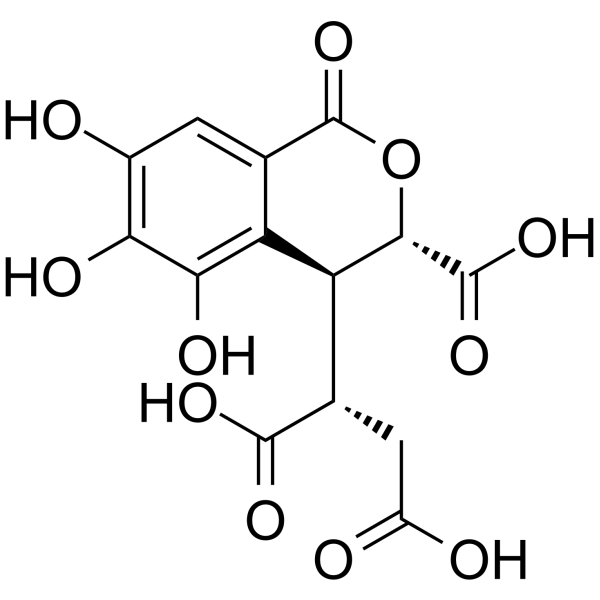
-
- HY-N7110
-
|
|
Akt
ERK
JNK
|
Inflammation/Immunology
|
|
6-Hydroxyflavone is a naturally occurring flavone, with anti-inflammatory activity. 6-Hydroxyflavone exhibits inhibitory effect towards bovine hemoglobin (BHb) glycation. 6-Hydroxyflavone can activate AKT, ERK 1/2, and JNK signaling pathways to effectively promote osteoblastic differentiation. 6-Hydroxyflavone inhibits the LPS-induced NO production .
|
-
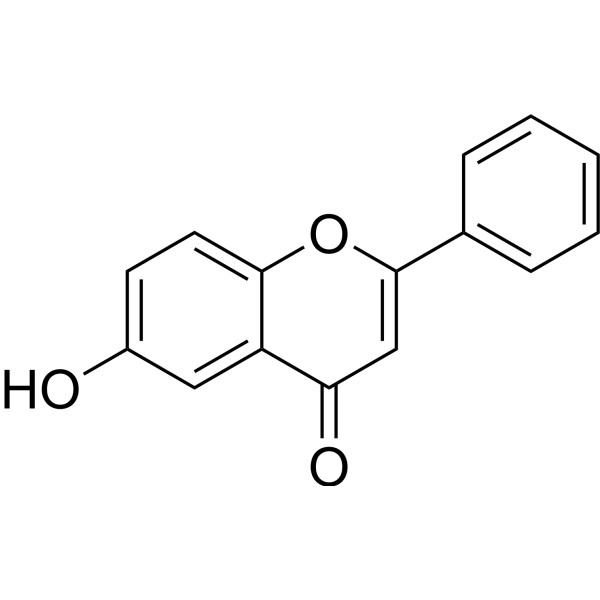
-
- HY-P2268A
-
|
|
Amyloid-β
|
Inflammation/Immunology
Cancer
|
|
RAGE antagonist peptide TFA is an advanced glycation end products (RAGE) antagonist. RAGE antagonist peptide TFA prevents RAGE from binding with several of its most important ligands, including HMGB-1, S100P, and S100A4. RAGE antagonist peptide TFA possesses anti-tumor and anti-inflammatory activities .
|
-

-
- HY-113354S1
-
|
|
Isotope-Labeled Compounds
|
Neurological Disease
|
|
Anserine-d4 hydrochloride is the deuterium labeled Anserine (HY-113354). Anserine, a methylated form of Carnosine, is an orally active, natural Histidine-containing dipeptide found in skeletal muscle of vertebrates. Anserine is not cleaved by serum carnosinase and act as biochemical buffers, chelators, antioxidants, and anti-glycation agents. Anserine improves memory functions in Alzheimer's disease (AD)-model mice .
|
-
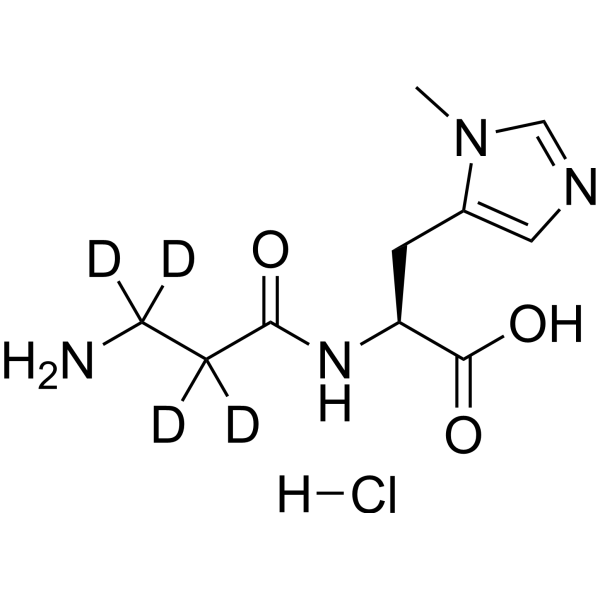
-
- HY-141537
-
|
|
Toll-like Receptor (TLR)
|
Inflammation/Immunology
|
|
ABR-238901 is an orally active and potent S100A8/A9 blocker and inhibits S100A8/A9 interaction with its receptors RAGE (receptor for advanced glycation endproducts) and TLR4 (toll-like receptor 4). ABR-238901 has the potential for myocardial infarction (MI) research .
|
-

-
- HY-129611
-
|
|
Apoptosis
|
Inflammation/Immunology
Cancer
|
|
Bromelain is an anti-inflammatory agent derived from pineapple stem that acts through down-regulation of plasma kininogen, inhibition of Prostaglandin E2 expression, degradation of advanced glycation end product receptors and regulation of angiogenic biomarkers as well as antioxidant action upstream in the COX-pathway . Bromelain exhibits various fibrinolytic, antiedematous, antithrombotic, and anti-inflammatory activities. Bromelain also possesses some anticancerous activities and promotes apoptotic cell death .
|
-

-
- HY-W018772S15
-
|
|
Endogenous Metabolite
|
|
|
D-Ribose(mixture of isomers)- 13C5 isomers)- 13C5 is the 13C labeled D-Ribose(mixture of isomers)[1]. D-Ribose(mixture of isomers) is an energy enhancer, and acts as a sugar moiety of ATP, and widely used as a metabolic therapy supplement for chronic fatigue syndrome or cardiac energy metabolism. D-Ribose(mixture of isomers) is active in protein glycation, induces NF-κB inflammation in a RAGE-dependent manner[1].
|
-
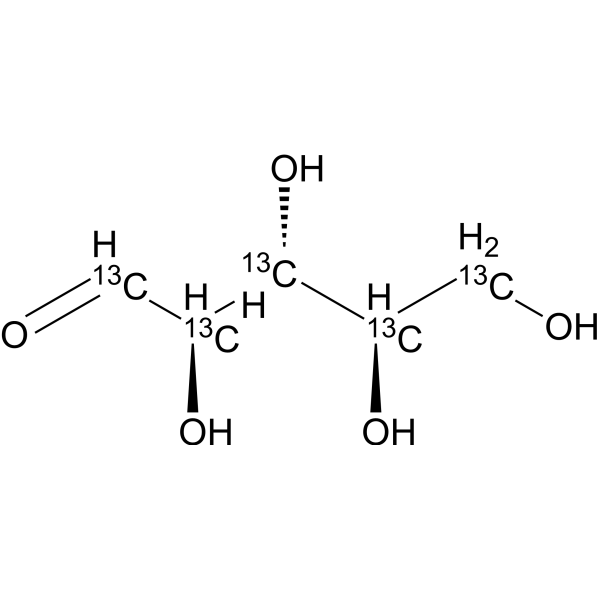
-
- HY-W018772S16
-
|
|
Isotope-Labeled Compounds
|
Inflammation/Immunology
|
|
D-Ribose-1,2- 13C2 is the 13C labled D-Ribose(mixture of isomers) (HY-W018772) . D-Ribose(mixture of isomers) is an energy enhancer, and acts as a sugar moiety of ATP, and widely used as a metabolic therapy supplement for chronic fatigue syndrome or cardiac energy metabolism. D-Ribose(mixture of isomers) is active in protein glycation, induces NF-κB inflammation in a RAGE-dependent manner .
|
-
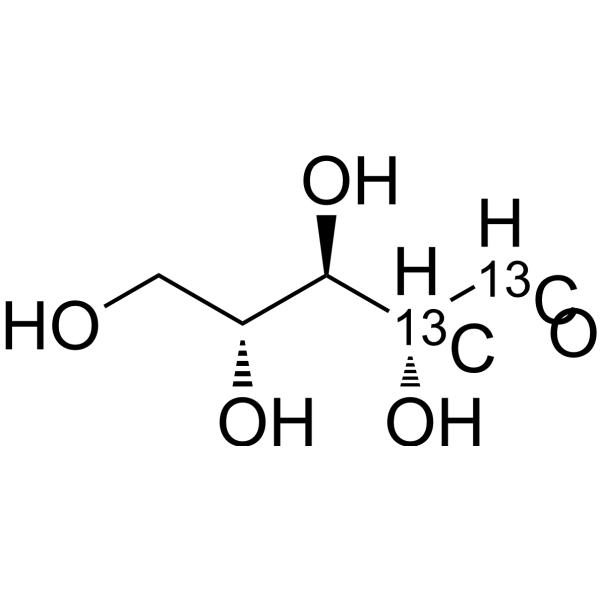
-
- HY-146619
-
|
|
Amyloid-β
Serotonin Transporter
|
Neurological Disease
|
|
RAGE/SERT-IN-1 is a potent and orally active advanced glycation end products (RAGE) and serotonin transporter (SERT) inhibitor with IC50s of 8.26 μM and 31.09 nM, respectively. RAGE/SERT-IN-1 exhibits significant neuroprotective effect against Aβ25-35-induced neuronal damage and alleviates depressive behavior of mice. RAGE/SERT-IN-1 can be used for researching the comorbidity of Alzheimer's disease and depression .
|
-
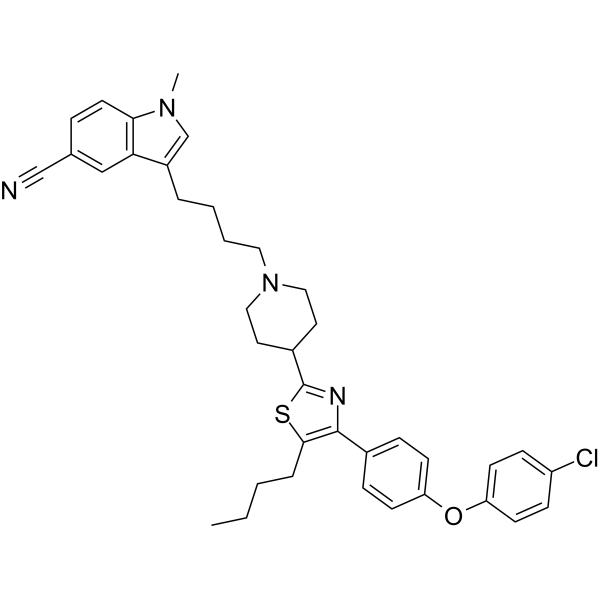
-
- HY-124750
-
-
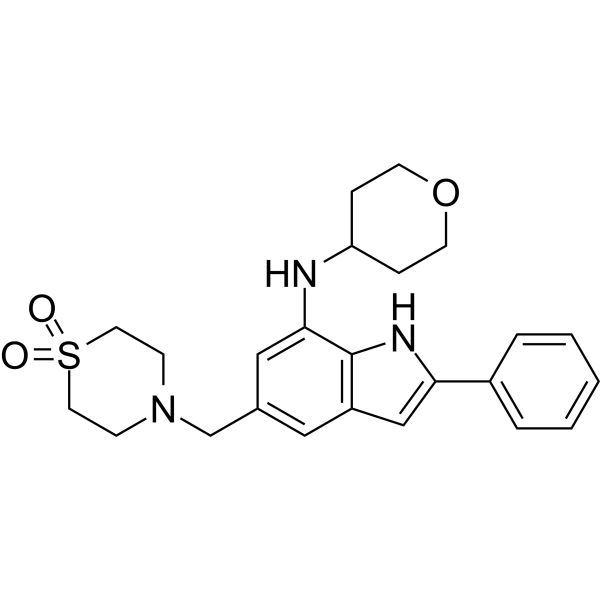
-
- HY-147329
-
|
|
Others
|
Metabolic Disease
|
|
RAGE 229 is an orally active ctRAGE-DIAPH1 inhibitor. RAGE 229 can inhibit the intracellular RAGE signaling by inhibiting the interaction between the cytoplasmic tail of RAGE(ctRAGE) and Diaphanous-1(DIAPH1) .
|
-
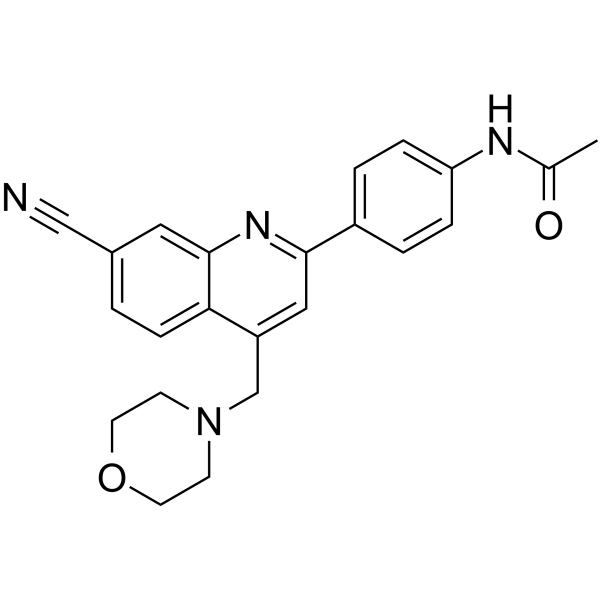
| Cat. No. |
Product Name |
Type |
| Cat. No. |
Product Name |
Target |
Research Area |
-
- HY-P2268
-
|
|
Amyloid-β
|
Inflammation/Immunology
Cancer
|
|
RAGE antagonist peptide is an advanced glycation end products (RAGE) antagonist. RAGE antagonist peptide prevents RAGE from binding with several of its most important ligands, including HMGB-1, S100P, and S100A4. RAGE antagonist peptide (RAP) possesses anti-tumor and anti-inflammatory activities .
|
-
- HY-P2268A
-
|
|
Amyloid-β
|
Inflammation/Immunology
Cancer
|
|
RAGE antagonist peptide TFA is an advanced glycation end products (RAGE) antagonist. RAGE antagonist peptide TFA prevents RAGE from binding with several of its most important ligands, including HMGB-1, S100P, and S100A4. RAGE antagonist peptide TFA possesses anti-tumor and anti-inflammatory activities .
|
| Cat. No. |
Product Name |
Category |
Target |
Chemical Structure |
| Cat. No. |
Product Name |
Chemical Structure |
-
- HY-113354S
-
|
|
|
Anserine-d4 is the deuterium labeled Anserine. Anserine, a methylated form of Carnosine, is an orally active, natural Histidine-containing dipeptide found in skeletal muscle of vertebrates. Anserine is not cleaved by serum carnosinase and act as biochemical buffers, chelators, antioxidants, and anti-glycation agents. Anserine improves memory functions in Alzheimer's disease (AD)-model mice[1][2].
|
-

-
- HY-113354S1
-
|
|
|
Anserine-d4 hydrochloride is the deuterium labeled Anserine (HY-113354). Anserine, a methylated form of Carnosine, is an orally active, natural Histidine-containing dipeptide found in skeletal muscle of vertebrates. Anserine is not cleaved by serum carnosinase and act as biochemical buffers, chelators, antioxidants, and anti-glycation agents. Anserine improves memory functions in Alzheimer's disease (AD)-model mice .
|
-

-
- HY-W018772S15
-
|
|
|
D-Ribose(mixture of isomers)- 13C5 isomers)- 13C5 is the 13C labeled D-Ribose(mixture of isomers)[1]. D-Ribose(mixture of isomers) is an energy enhancer, and acts as a sugar moiety of ATP, and widely used as a metabolic therapy supplement for chronic fatigue syndrome or cardiac energy metabolism. D-Ribose(mixture of isomers) is active in protein glycation, induces NF-κB inflammation in a RAGE-dependent manner[1].
|
-

-
- HY-W018772S16
-
|
|
|
D-Ribose-1,2- 13C2 is the 13C labled D-Ribose(mixture of isomers) (HY-W018772) . D-Ribose(mixture of isomers) is an energy enhancer, and acts as a sugar moiety of ATP, and widely used as a metabolic therapy supplement for chronic fatigue syndrome or cardiac energy metabolism. D-Ribose(mixture of isomers) is active in protein glycation, induces NF-κB inflammation in a RAGE-dependent manner .
|
-

| Cat. No. |
Product Name |
Application |
Reactivity |
-
- HY-P81086
-
|
Advanced glycosylation end product specific receptor; Advanced glycosylation end product-specific receptor; AGER; EC 2.7.11.22; LE 9211 A antigen; LE-9211-A antigen; MGC22357; MOK; RAGE 1; RAGE1; MOK protein kinase; Receptor for advanced glycation endproducts; Renal tumor antigen 1; Renal tumor antigen; Renal cell carcinoma antigen (MOK protein kinase); Renal tumor antigen 1; RAGE_HUMAN.
|
WB; ELISA; IHC-P; IHC-F; Flow-Cyt; IF
|
Human, Mouse, Rat, |
|
RAGE Antibody is an unconjugated, approximately 42 kDa, rabbit-derived, anti-RAGE polyclonal antibody. RAGE Antibody can be used for: WB, ELISA, IHC-P, IHC-F, Flow-Cyt, IF expriments in human, mouse, rat, background without labeling.
|
Your information is safe with us. * Required Fields.
Inquiry Information
- Product Name:
- Cat. No.:
- Quantity:
- MCE Japan Authorized Agent:


















































